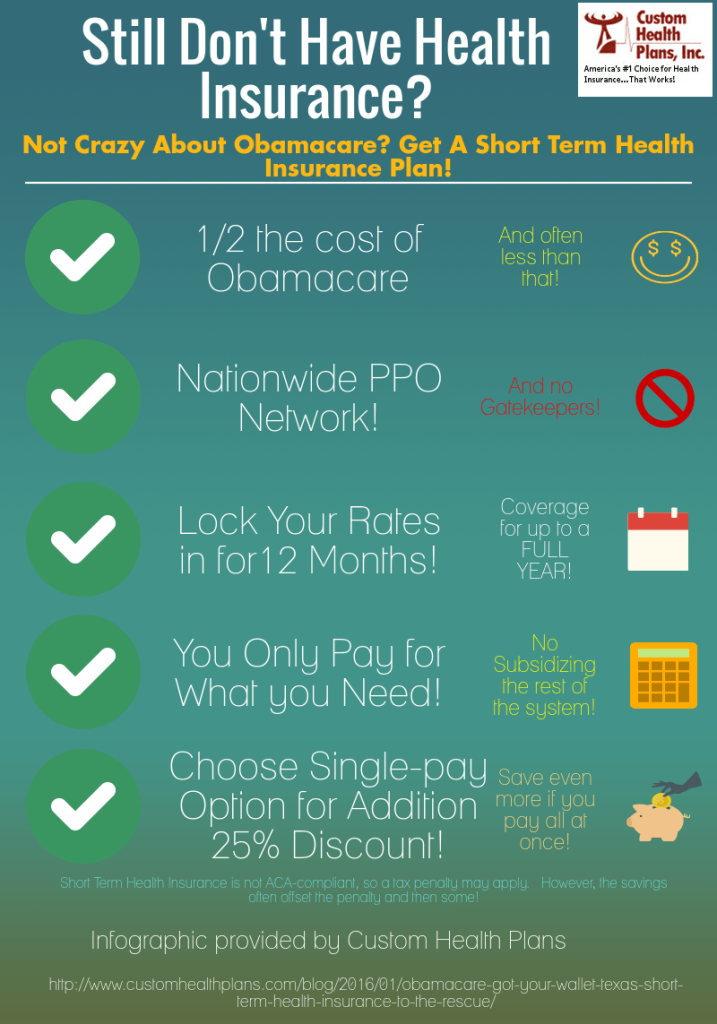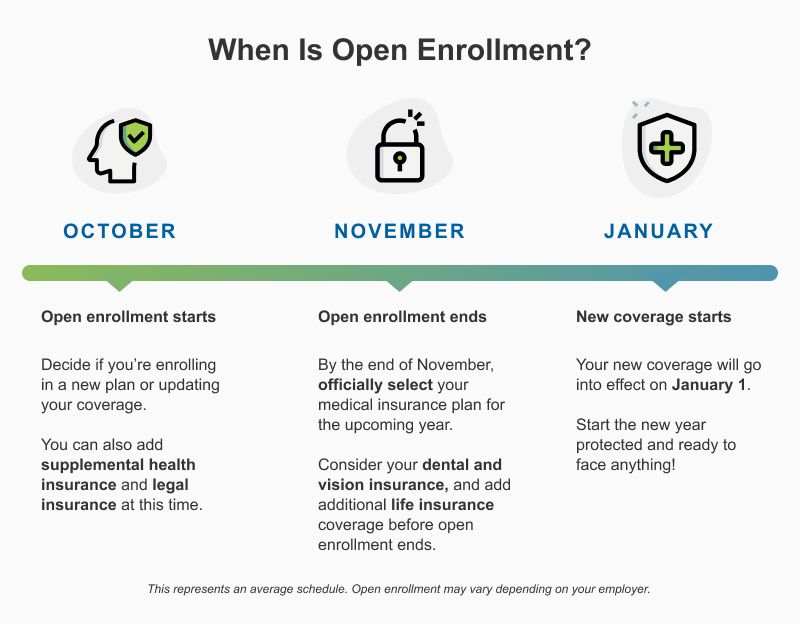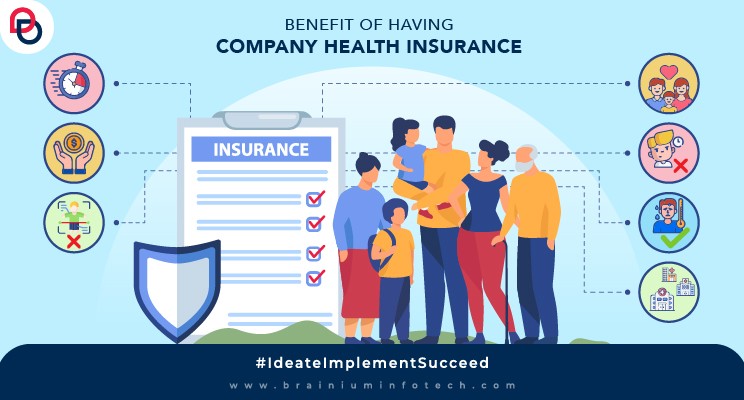The 8-Minute Rule for Medicare Advantage Agent

Voters and policy manufacturers in emphasis group conversations define those without insurance policy as young people that have the opportunity to be covered and feel they do not need it (Porter Novelli, 2001). Contrasted to those with at least some private protection, the without insurance are much less most likely to report being in exceptional or excellent health(Firm for Health Care Research and Top Quality, 2001). SOURCE: Center for Price and Financing Studies, Company for Health Care Research Study and Quality, based on MEPS information. Young person between 19 and 34 are much more likely to lack health and wellness insurance coverage than any various other age. This is mainly because they are much less typically qualified for employment-based insurance because of the nature of their work or their short period in it. The assumption that people without insurance policy have better-than-average health
follows from puzzling the fairly young age profile of the without insurance with the far better health and wellness, on average, of more youthful individuals. This obscures the link between health status and health and wellness insurance coverage. For those without access to work environment health and wellness insurance policy, inadequate health is a potential obstacle to purchasing nongroup coverage because such insurance coverage might be highly priced, omit preexisting conditions, or be simply unavailable. The number of uninsured Americans is not especially big and has not changed over the last few years. Seven out of 10 participants in an across the country depictive survey assumed that less Americans did not have medical insurance than really do(Fronstin, 1998). Approximately fifty percent(47 percent )thought that the number of individuals without medical insurance reduced or continued to be continuous over the last fifty percent of the last decade(Blendon et al., 1999). This decline of almost 2 million in the number of people 'without insurance (a decrease
of around 4 percent)is definitely a positive adjustment. With a softer economic situation in 2000 the newest reported gains in insurance protection may not continue(Fronstin, 2001 ). The decline in the variety of uninsured will certainly not proceed if the economic situation remains slow-moving and health treatment costs remain to outmatch inflation. This is because the data were accumulated for a period of strong economic performance. Of the approximated 42 million individuals who were uninsured, almost regarding 420,000(about 1 percent)were under 65 years old, the age at which most Americans end up being eligible for Medicare; 32 million were grownups in between ages 18 and 65, about 19 percent of all adults in this age group; and 10 million were youngsters under 18 years of age, about 13.9 percent of all children (Mills, 2000). These quotes of the variety of persons uninsured are produced from the yearly March Supplement to the Current Population Survey (CPS), conducted by the Demographics Bureau. Unless otherwise noted, nationwide quotes of individuals without health and wellness insurance policy and proportions of the populace with various kinds of coverage are based on the CPS, the most commonly used resource of quotes of insurance policy protection and uninsurance rates. These surveys and the quotes they generate are explained briefly in Table B. 1 in Appendix B - Medicare Advantage Agent. These studies vary in dimension and tasting methods, the questions that are inquired about insurance coverage
8 Simple Techniques For Medicare Advantage Agent
insurance coverage, and the moment duration over which insurance policy protection or uninsurance is gauged(Lewis et al., 1998, Fronstin, 2000a ). Still, the CPS is especially beneficial due to the fact that it generates annual estimates fairly quickly, reporting the previous year's insurance coverage approximates each September, and because it is the basis for a consistent set of quotes for greater than two decades, enabling analysis of fads in protection over time.

The Main Principles Of Medicare Advantage Agent
Over a three-year period beginning early in 1993, 72 million individuals, 29 percent of the united state populace, were without coverage for at the very least one month. Within a solitary year(1994), 53 million people experienced a minimum of a month without coverage(Bennefield, 1998a). Six out of every 10 without insurance grownups are themselves used. Although working does boost the probability that and one's relative will certainly have insurance coverage, it is not a warranty. Even participants of families with 2 full time wage earners have almost a one-in-ten chance of being without insurance (9.1 percent without insurance rate)(Hoffman and Pohl, 2000 ). The relationship between medical insurance and accessibility to care is well developed, as documented later on in this phase. The relationship in between health insurance coverage and health and wellness end results is neither straight nor easy, an extensive medical and health services research literature links health and wellness insurance policy protection
to improved better accessibility care, better far better, and improved boosted and population populace health and wellnessCondition The 2nd record, on individual health outcomes for without insurance adults, is represented by the inner circle of the number, while the 3rd record, on family health, incorporates the subjects of the second record however emphasizes a various system of evaluation, specifically, the family. The 6th report in the series will present info concerning techniques and campaigns taken on in your area, statewide, or nationally to deal with the lack of insurance policy and its damaging impacts. Levels of evaluation for checking out the effects of uninsurance. This conversation of wellness insurance policy coverage focuses mainly on the united state population under age 65 due to the fact that practically all Americans 65 and older have Medicare or various other public protection.
It focuses especially on those without any type of health insurance for any type of length of time. The issues encountered by the underinsured remain in some respects similar to those encountered by the without insurance, although they are usually much less severe. Uninsurance and underinsurance, however, include noticeably different plan issues, and the approaches for resolving them may differ. Throughout this research study and the 5 reports to follow, the main focus gets on individuals with no medical insurance and hence no help in paying for health treatment past what is offered through charity and safeguard establishments. Health insurance coverage is an effective element affecting invoice of care because both clients and doctors reply to the out-of-pocket rate of solutions. Medical insurance, however, is neither essential neither adequate to acquire access to clinical solutions. The independent and direct impact of health
insurance insurance policy on access accessibility health services is well established. Others will obtain the health and wellness treatment they need even without medical insurance, by spending for it out of pocket or seeking it from suppliers who provide care complimentary or at extremely subsidized rates. For still others, health and wellness insurance policy alone does not ensure receipt of care due to other nonfinancial barriers, such as a lack of healthcare carriers in their area, minimal access to transportation, illiteracy, or etymological and social distinctions. Formal research concerning uninsured populations in the United States dates to the late 1920s and early 1930s when click to investigate the Committee on the Price of Healthcare created a collection of records regarding financing doctor office check outs and hospitalizations. This concern became prominent as the varieties of clinically indigent climbed up throughout the Great Anxiety. Empirical researches regularly sustain the link in between accessibility to care and boosted health end results(Bindman et al., 1995; Starfield, 1995 ). Having a routine resource of care can be taken into consideration a forecaster of gain access to, instead than a straight measure of it, when wellness results are themselves used as gain access to indicators. This extension of the idea of accessibility dimension was made by the IOM Board on Monitoring Access to Personal Healthcare Services(Millman, 1993, p. Whether or not moms and dads are guaranteed appears to impact whether their youngsters receive treatment in addition to just how much careeven if the youngsters themselves have insurance coverage(Hanson, 1998). The health of parents can affect their ability to look after their children and the degree of family tension. Fretting about their kids's access to care is itself a resource of anxiety for moms and dads. 3 chapters follow in this record. Chapter 2 provides a review of how employment-based medical insurance, public programs and private insurance coverage policies run and communicate to offer considerable yet insufficient protection of the U.S. populace. This includes a review of historical trends and public plans influencing both public and exclusive insurance, a discussion of the interactions among the various kinds of insurance policy, and an assessment of why people relocate from one program to another or wind up

Comments on “Unknown Facts About Medicare Advantage Agent”